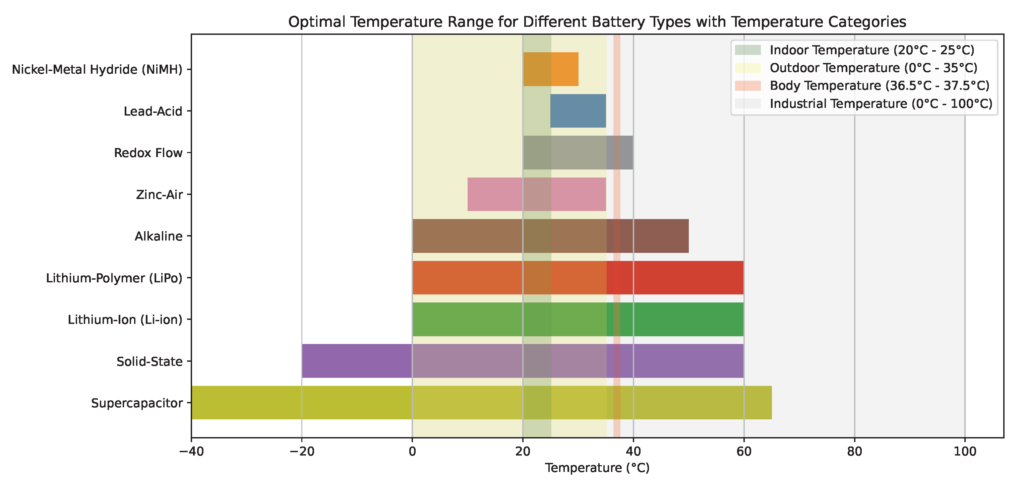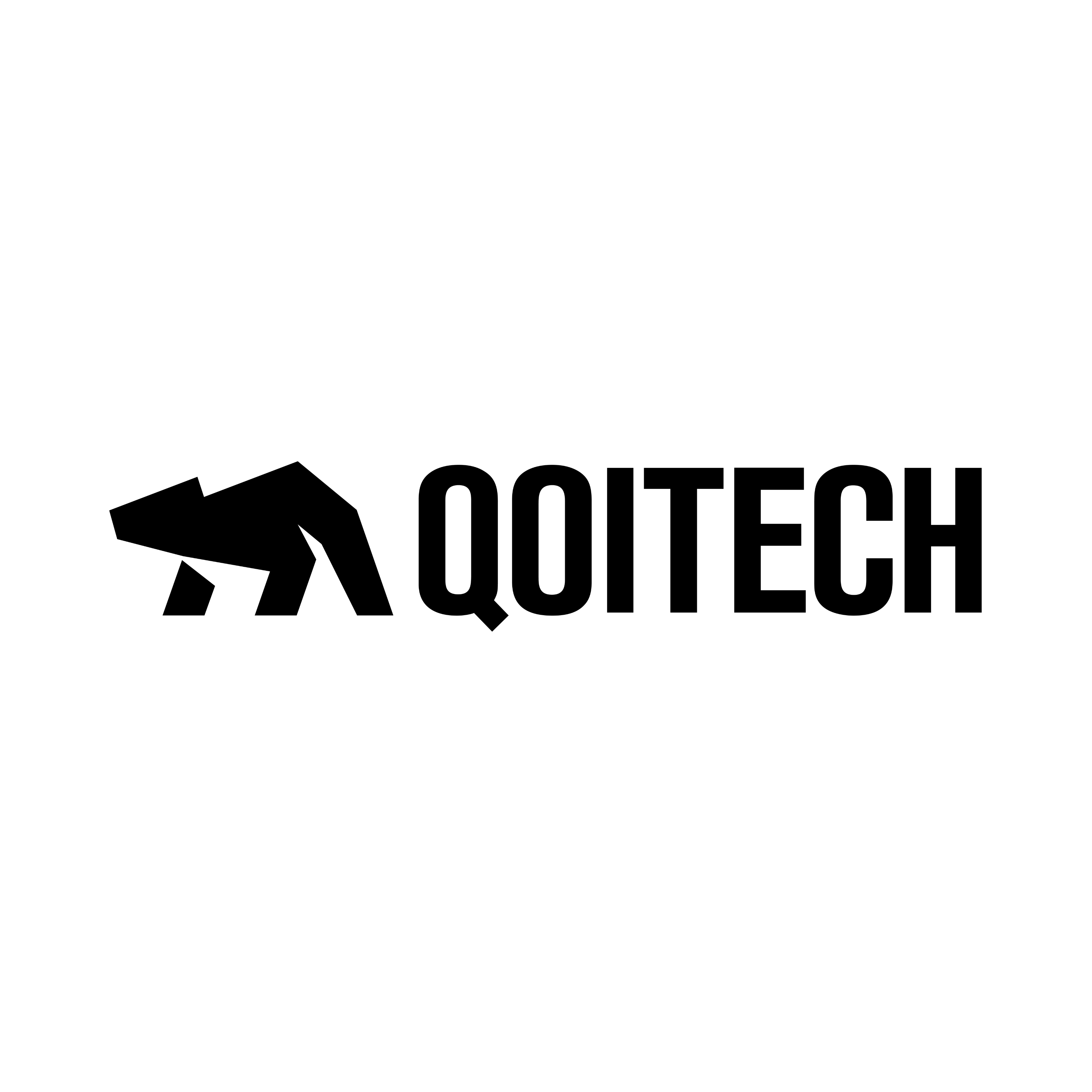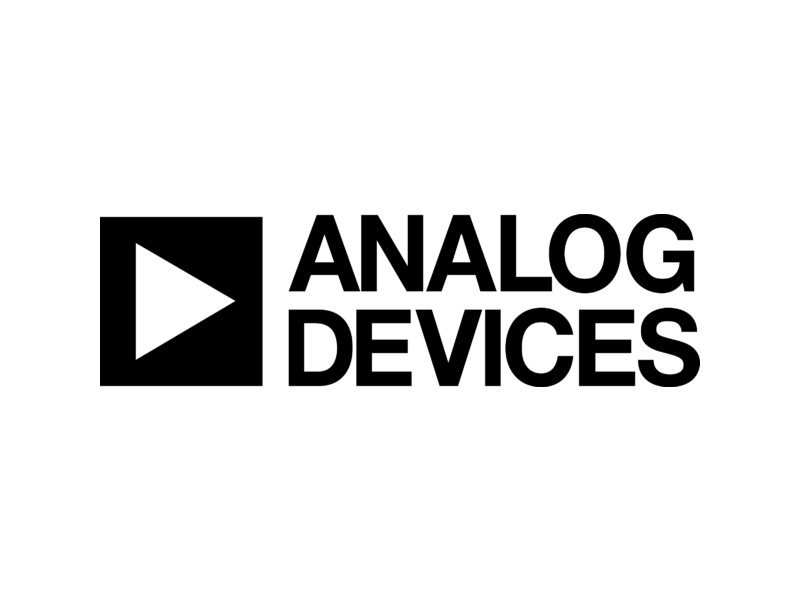In the world of embedded systems, IoT (Internet of Things), and satellite communications, long battery life is a critical factor that can make or break the success of a project. From remote sensors to satellite trackers, devices often operate in environments where frequent battery replacements are impractical or impossible. Achieving optimal energy efficiency requires innovation, precision, and collaboration with reliable tools and vendors.
In this post, we’ll explore key strategies for extending battery life in IoT and satellite solutions, and highlight three leading companies that offer groundbreaking tools for energy optimization.
Why Battery Life Matters
For IoT and satellite applications, the importance of battery longevity cannot be overstated. Consider the following use cases:
- Remote Environmental Monitoring: Sensors in extreme locations must operate for years without intervention.
- Asset Tracking: Devices like GPS trackers require consistent power to provide real-time updates over vast distances.
- Satellite Communications: Power-efficient design is critical for reducing operational costs and ensuring uninterrupted service between sensors on earth and satellite constellations in orbit.
In these scenarios, inefficient power consumption can lead to increased maintenance costs, device failures, or data loss—problems that could compromise data and business objectives.
Strategies for Prolonging Battery Life
Designing for long battery life involves optimizing both hardware and software. Key strategies include:

- Low-Power Hardware Components: Selecting components designed for ultra-low power consumption can significantly reduce energy drain.
- Advanced Power Management Techniques: Leveraging low-power modes, dynamic voltage scaling, and adaptive power controls minimizes unnecessary usage.
- Accurate Energy Profiling: Tools that measure energy consumption with precision enable developers to identify and address inefficiencies.
- Efficient Firmware Design: Writing code optimized for low energy consumption, including reducing CPU cycles and minimizing wireless communication overhead.
- Battery Selection: Choosing the right battery technology (e.g., lithium-ion or solid-state) tailored to the application’s requirements.
Leading Vendors for Battery Optimization Solutions
Here are three companies providing state-of-the-art tools and technologies for improving battery life in IoT and satellite IoT applications:



1. Qoitech
Qoitech offers tools like the Otii Arc, a power analyzer designed for energy optimization. It allows developers to:
- Measure power consumption down to the microamp level.
- Profile devices under various operating conditions.
- Optimize firmware for minimal power usage.
The Otii Arc’s user-friendly interface and versatile features make it an essential tool for IoT developers striving to extend battery life.
2. Silicon Labs
Silicon Labs provides a range of low-power microcontrollers (MCUs) and wireless SoCs designed for IoT applications. Their EFR32 Wireless Gecko platform integrates:
- Ultra-low-power sleep modes.
- Energy monitoring tools through their Simplicity Studio software.
- Advanced radio energy optimization for Bluetooth, Zigbee, and other protocols.
Silicon Labs’ solutions enable robust IoT designs with extended operational lifespans.
3. Analog Devices
Analog Devices specializes in precision power management and monitoring ICs, such as the LTC3335. Features include:
- Energy harvesting capabilities for self-sustaining IoT devices.
- Integrated power converters with ultra-low quiescent currents.
- Real-time power monitoring for efficient energy use.
Their innovative products are ideal for remote and satellite applications where energy efficiency is paramount.
Conclusion
Maximizing battery life in IoT and satellite solutions is a multifaceted challenge that demands meticulous attention to energy efficiency. By leveraging low-power hardware, optimizing firmware, and using advanced profiling tools, developers can achieve breakthrough performance and reliability.
Vendors like Qoitech, Silicon Labs, and Analog Devices are paving the way with cutting-edge solutions that empower developers to push the boundaries of what’s possible in energy-efficient design. As the IoT and satellite industries continue to grow, these innovations will play a critical role in shaping the future of sustainable, long-lasting technologies.
For more insights into IoT and satellite technology, stay tuned to SatelliteIoT.space!